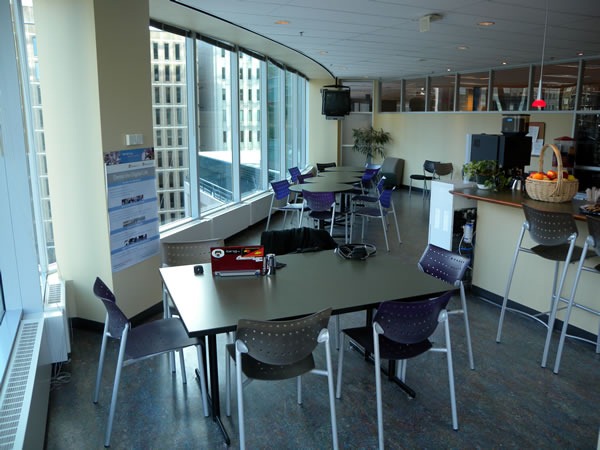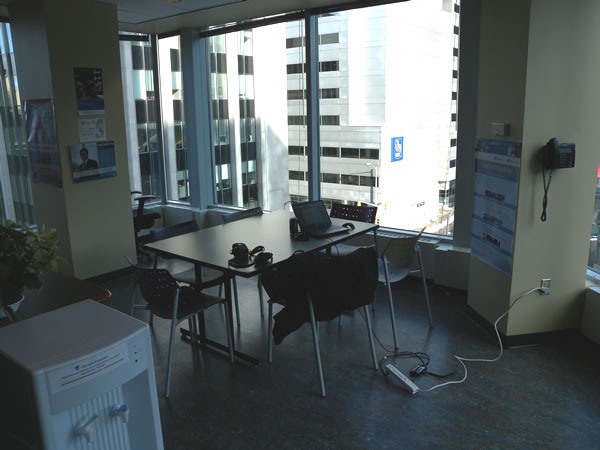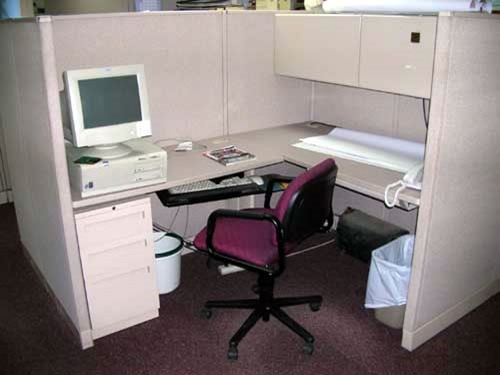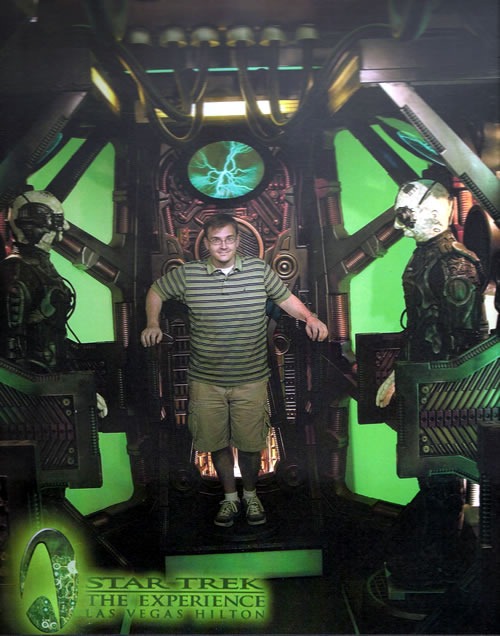 Microsoft Ottawa’s Kitchen. It has a decent view.
Microsoft Ottawa’s Kitchen. It has a decent view.
Every Microsoft office has a “touchdown area”, a place filled with cubicles where visiting or mobile workers can work. I avoid these like the plague.
Thanks to all the work I’ve done in cafes or coworking spaces, I prefer to set up in Microsoft’s “kitchen” spaces. The wifi is just as accessible there, but the lighting is natural, the tables are larger. the fridge with all the free Diet Coke is nearby by and it doesn’t feel so boxed in. Unlike cafes, you can leave your stuff at the table when you go for a bathroom break.
So, when I hung out in Microsoft’s Ottawa offices on Friday while waiting for my coworker and travelling buddy Damir to finish his meeting, I eschewed the touchdown cubicle and set up shop in the kitchen. These photos show what my “office” looked like, and believe me, it’s a lot nicer than a veal-fattening pen-like cube.

A lot of office workers might balk at the idea of working in a kitchen space, but consider this: people have been working in kitchens for millennia. Its centralized placement in homes and workplaces as well as its layout and design are the product of countless generations doing work that sustains life.
On the other hand, the modern office has its roots in the Industrial Revolution. Its design is based on the concept of employee as interchangeable production unit and the hypothesis that people are naturally lazy and must be coerced into being productive.
Hence in the absence of a workshop-like environment (such as the Hacklab, where I often work), I opt for the kitchen.


